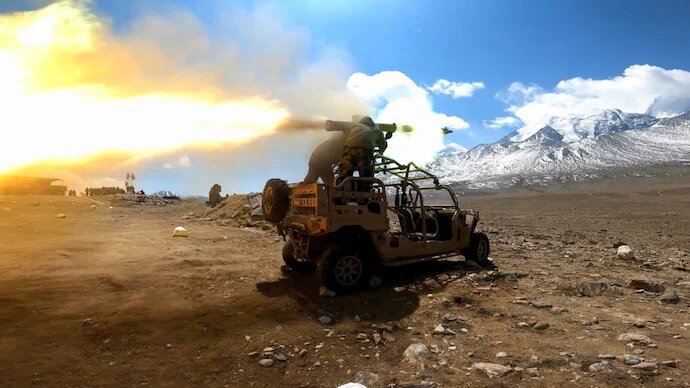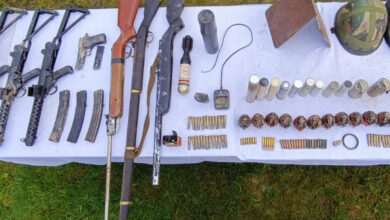Indian Army Tests Anti-Tank Guided Missile At ‘Super-High-Altitude’ In Sikkim

- The "Agni Prime" missile is lighter than weapons in the Agni line that came before it.
- India's Agni-5 weapon, which was made in India, had its first flight test last month.
In a press statement from The Guwahati’s Defense PRO, it was said that the Indian Army’s Trishakti Corps trained by firing anti-tank guided missiles (ATGMs) at a “super high-altitude area of 17,000 feet” in Sikkim on Thursday.
The “Ek Missile Ek Tank” goal is supported by the ATGM system’s success at high altitudes. It shows how accurate and useful it is in “super-high-altitude terrain,” as the news release puts it.
Units firing missiles from both mechanized and rifle divisions in the Eastern Command took part in the training in Sikkim. The press release also said that the drill included a lot of continuous training and live firing from different platforms at moving and stationary targets to make it feel like a battlefield.
The army also pointed out that the ATGM units showed they could successfully neutralize armored threats with high levels of lethality, which made sure missions would be successful in difficult mountain terrain.
The Indian Army just tried “Agni Prime.”
India tested the new generation of nuclear-capable ballistic missiles called “Agni Prime” from Abdul Kalam Island off the coast of Odisha last week, on April 3. The Indian Army, the Chief of Defence Staff Gen. Anil Chauhan, and top officials from the DRDO and Strategic Forces Command all watched the launch.
The “Agni Prime” or “Agni-P” is a more advanced version of the Agni class of rockets that can carry nuclear warheads. With a range of 1,000 to 2,000 km, this is a two-stage cluster bomb.
The “Agni Prime” missile is lighter than weapons in the Agni line that came before it. It is at least 50% lighter than the Agni 3 rocket and has new systems for guiding and moving it.
India’s Agni-5 weapon, which was made in India, had its first flight test last month. Because these missiles can reach up to 5,000 km away, they can strike large parts of Asia, including the northernmost parts of China and parts of Europe.







Facebook Comments